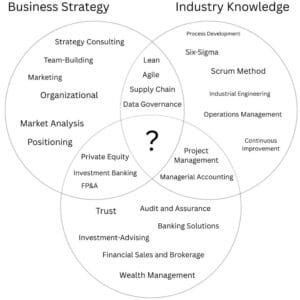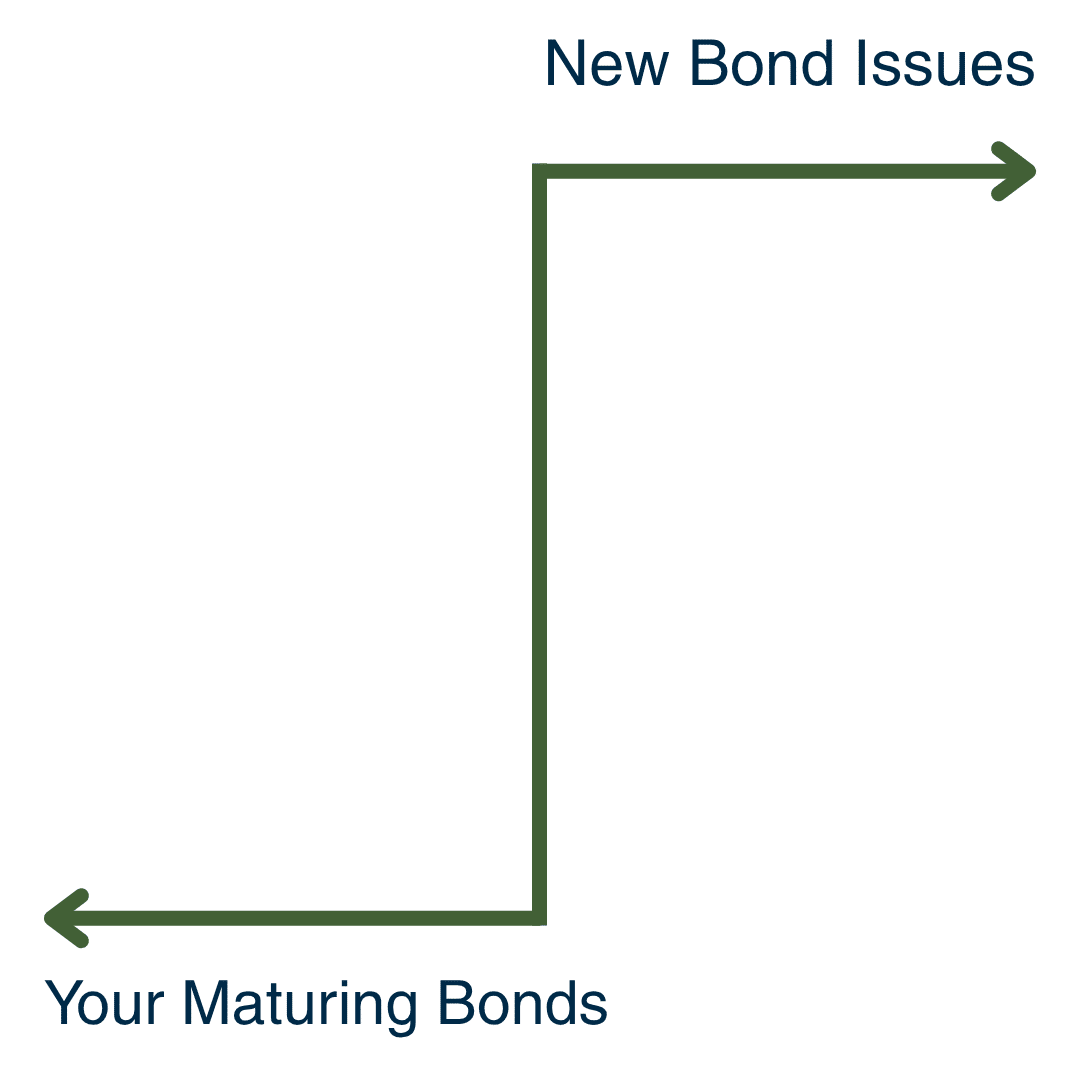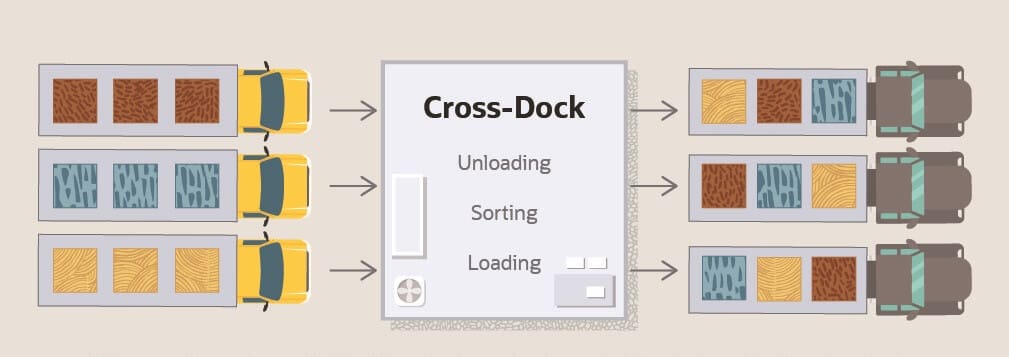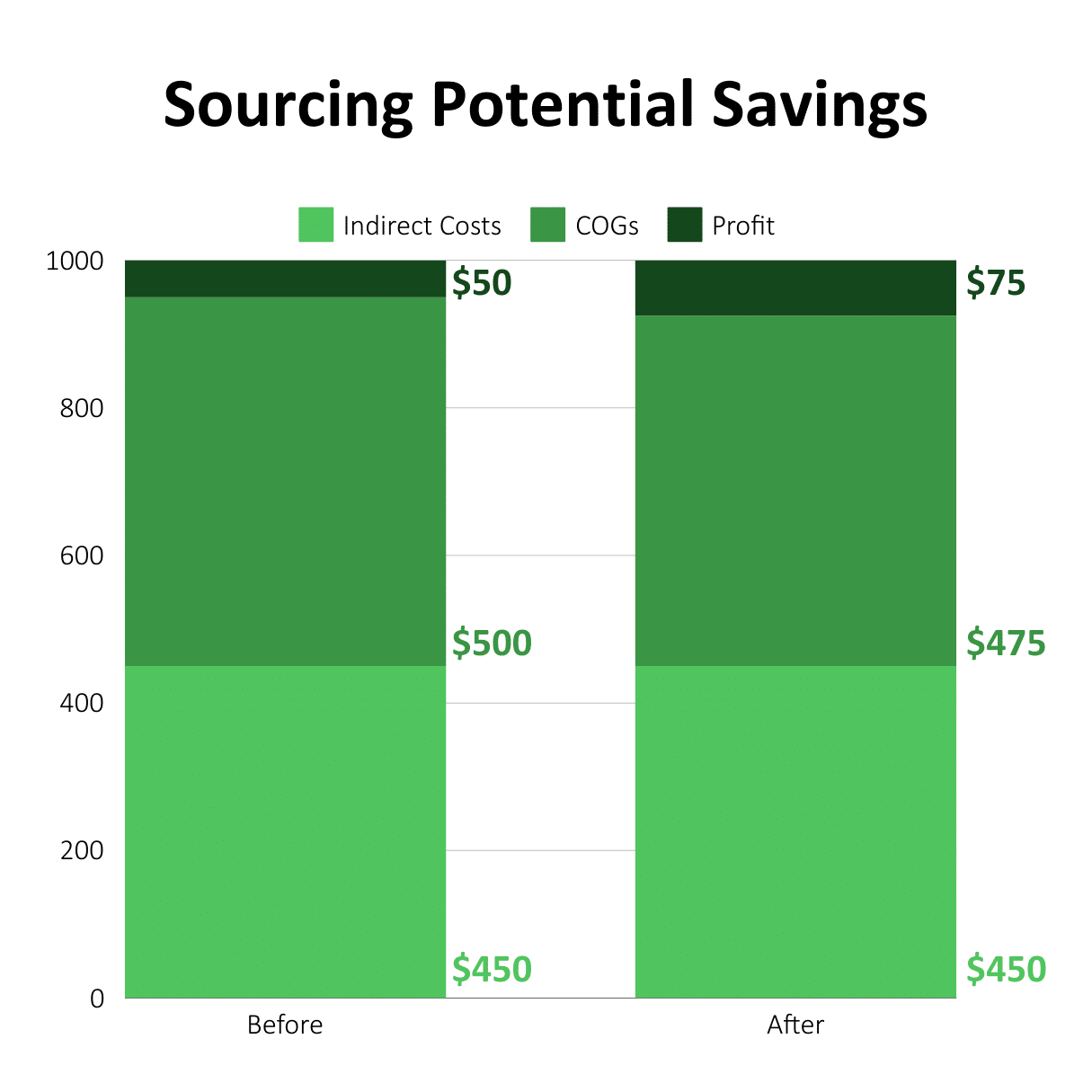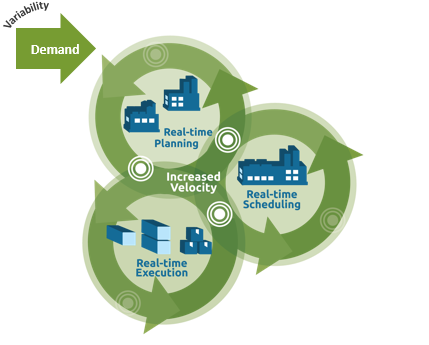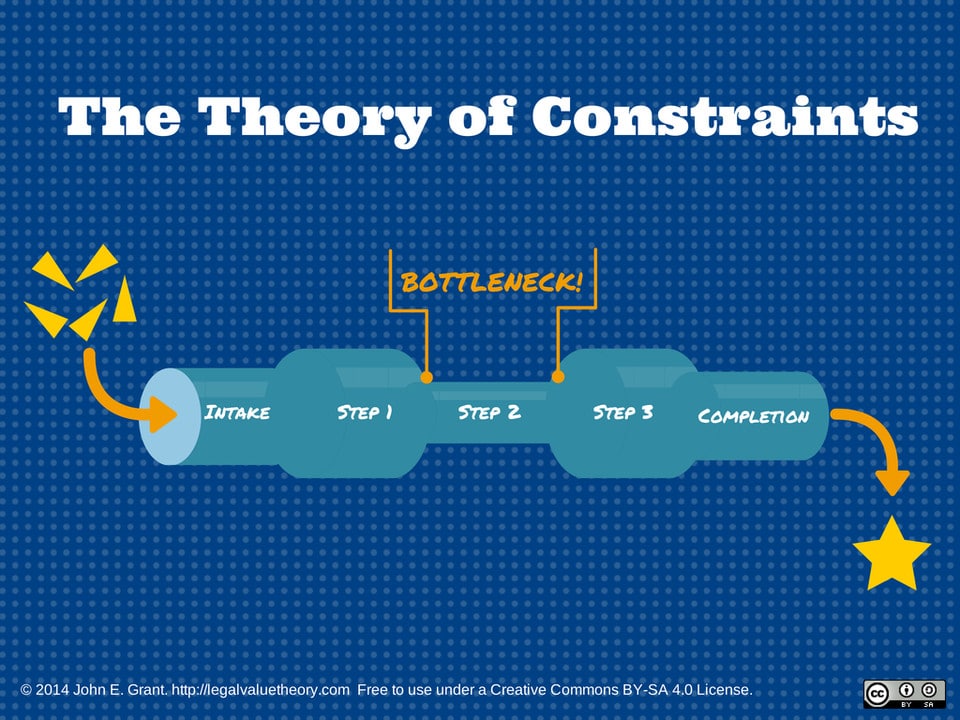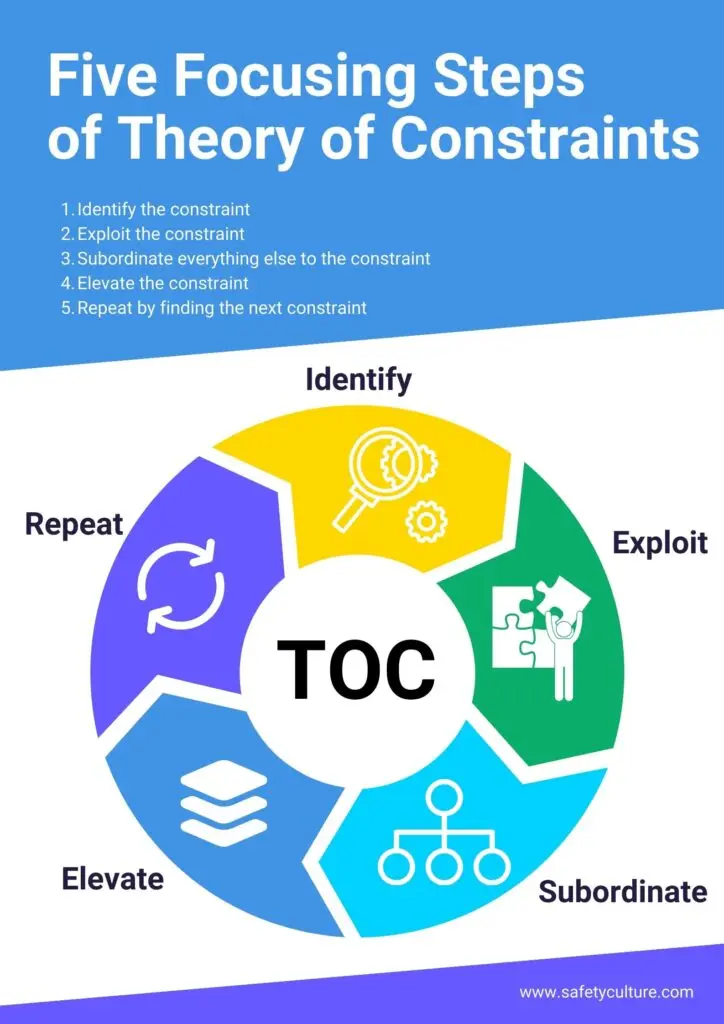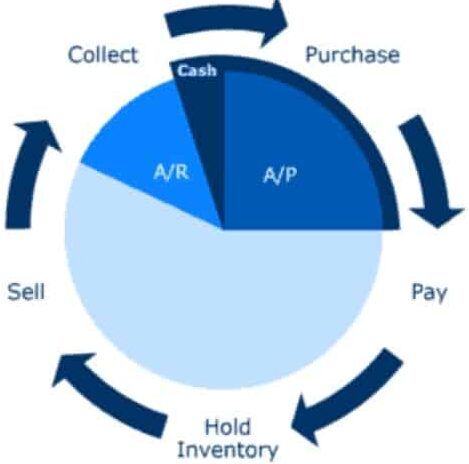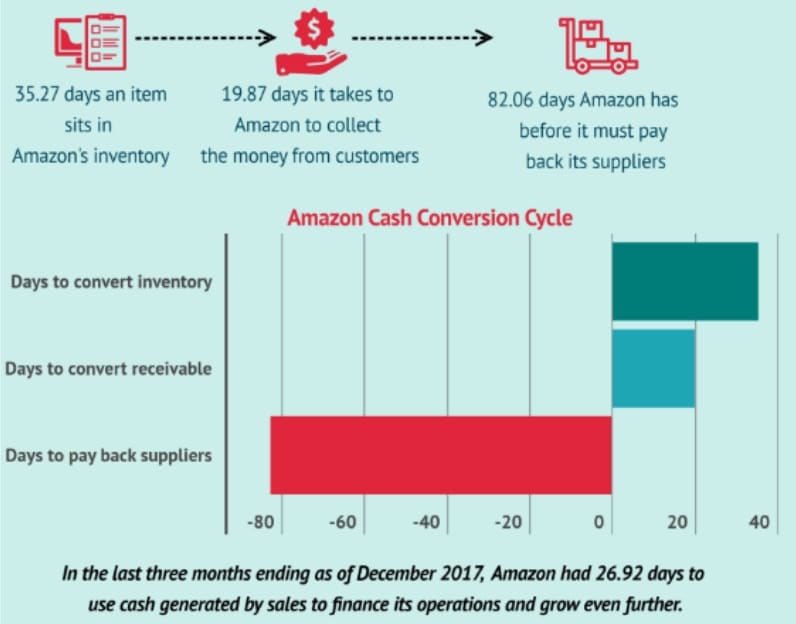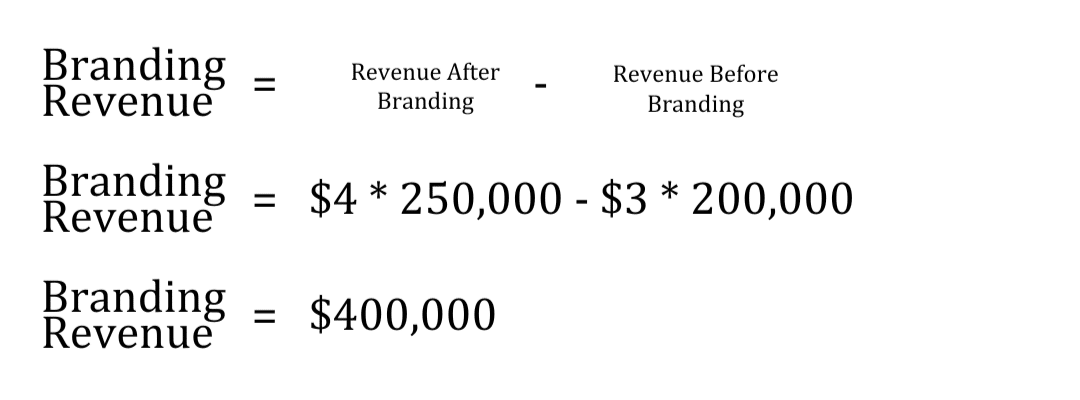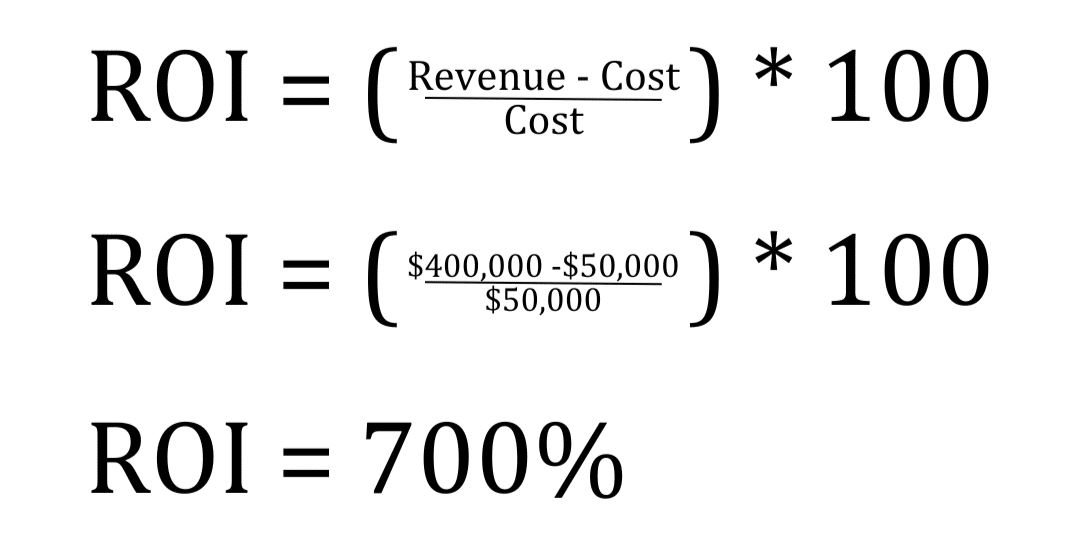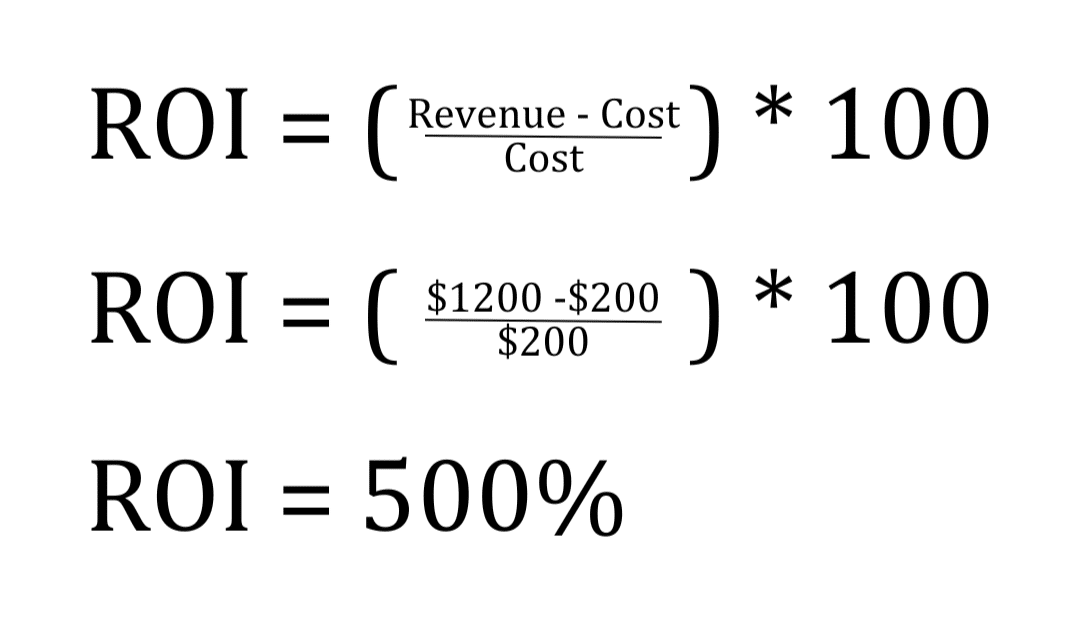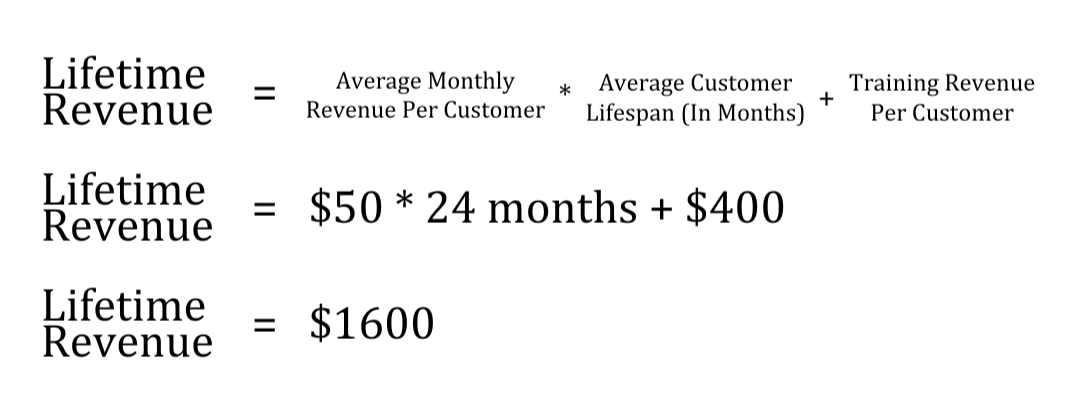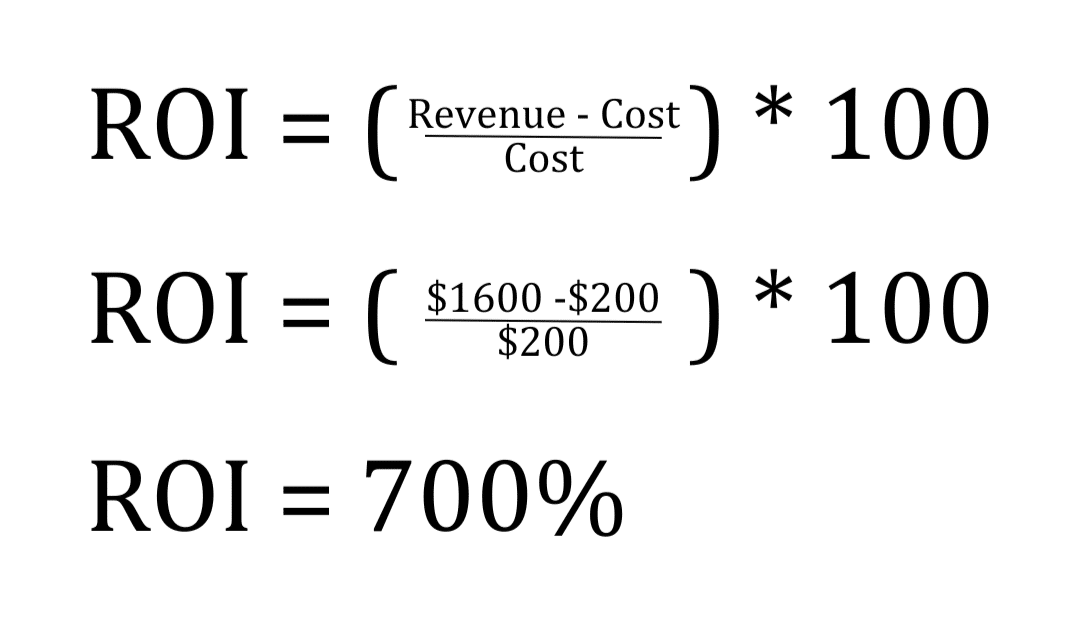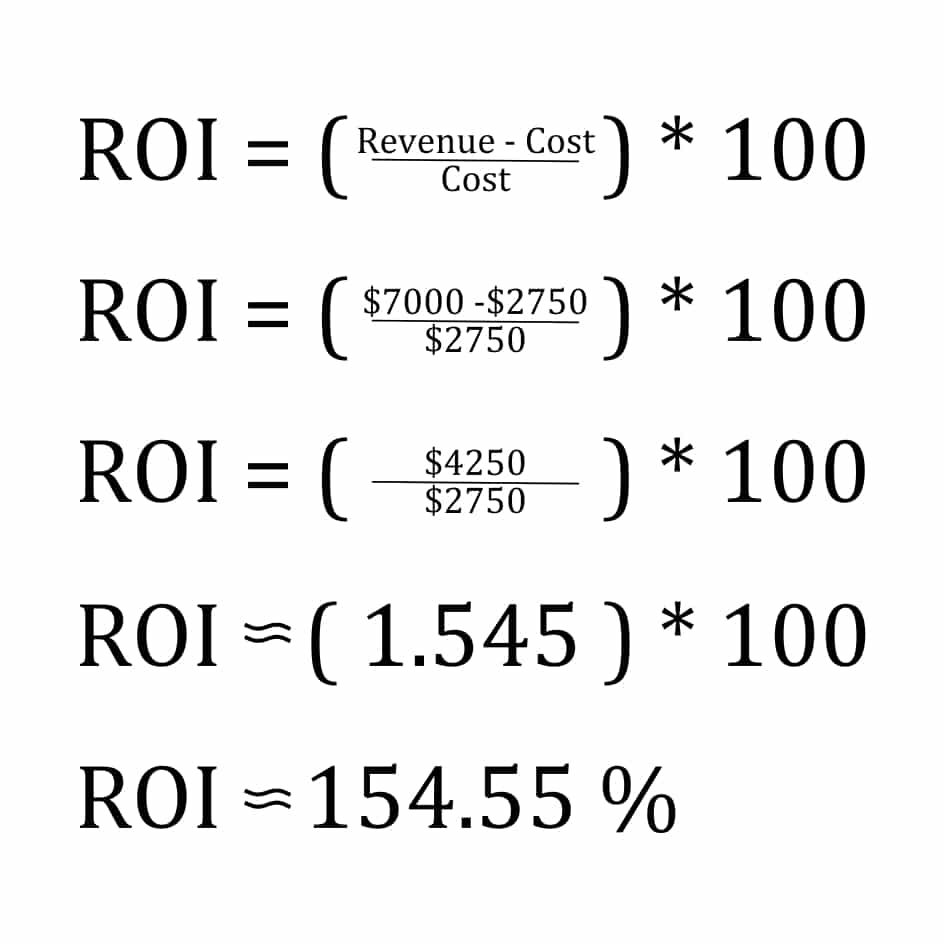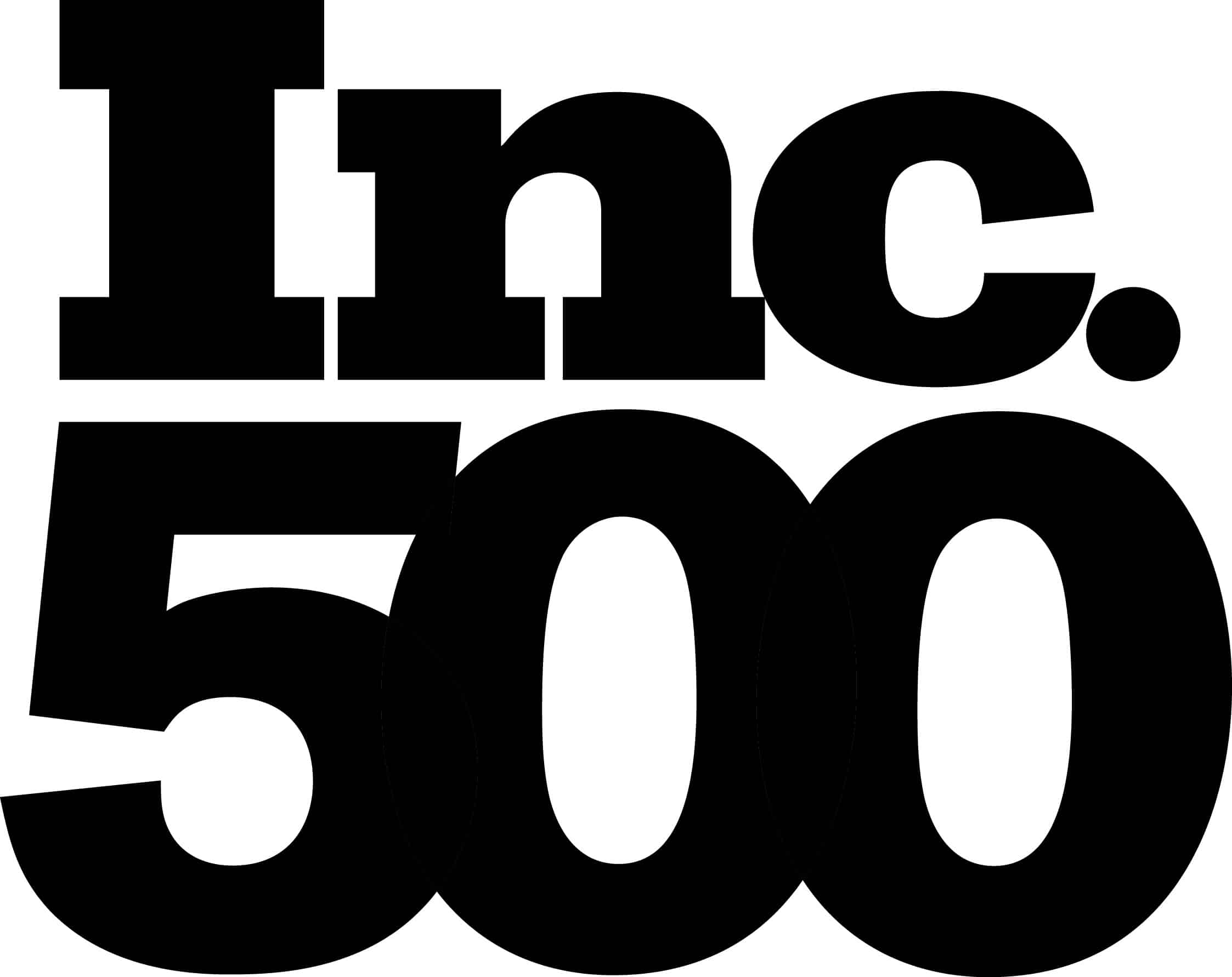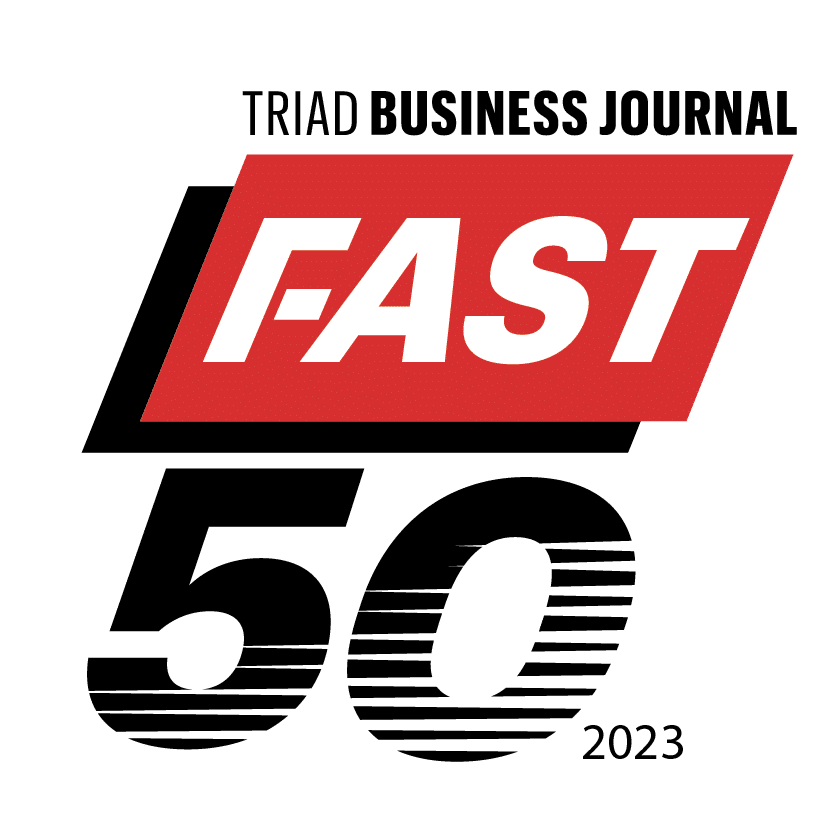By Andrew Pfeiffer – Client Services Project Director
Most contractors start their business for one reason: freedom. Freedom to control their time, build something of their own, and create a better life for their family.
But somewhere along the way, that dream gets buried under chaos. Instead of freedom, you get 60-hour weeks, late-night estimates, and phone calls that never stop. You are constantly reacting, juggling every detail, and wondering how to regain control of your life.
The problem is not a lack of effort. It’s the lack of systems that creates consistency, clarity, and control, without requiring you to make every decision or task.
Why You Are Always the Bottleneck
If every decision, approval, and solution runs through you, your business cannot move faster than you do. This is not leadership – it’s survival mode.
Many contractors operate with a “just get it done” mindset. It works when your business is small, but once it grows, that mindset becomes the very thing that holds you back. Jobs pile up, mistakes multiply, and stress skyrockets because no one knows what to do without you.
You built the business, so it makes sense that people come to you for answers. But over time, that dependence becomes a cage that limits both your freedom and your company’s growth.
Here is what usually happens:
- You spend more time putting out fires than planning ahead.
- Quality control depends on your availability, not the team’s ability.
- Family time turns into work catch-up time.
- You cannot take a real vacation because the business comes to a halt when you do.
This is not freedom – it’s ownership without balance.
What Optimization Really Means
When most people hear the word “systems,” they think of paperwork or software. But optimization is not about more tools; it is about direction, consistency, and accountability.
Optimizing your systems means:
- Defining how workflows go from estimate to completion.
- Assigning ownership and accountability at every stage of the job.
- Building predictable rhythms that allow the business to operate the same way every time.
This kind of structure does not limit your flexibility. It protects it. Allowing you to lead from a place of stability, clarity, and confidence instead of stress and chaos.
Optimization is not about replacing the owner; it is about equipping the business to run with or without the owner’s constant involvement.
Using The 5 E’s Framework To Free Up Your Time
Every successful contractor eventually learns one truth: Freedom does not come from doing less. It comes from leading better. Leading better starts with clarity across what I call the 5 E’s Framework:
- Experience – Create consistent experiences for clients, crews, and yourself. When everyone knows what to expect, there is less chaos, fewer callbacks, and greater satisfaction across the board.
- Expectations – Define clear standards for communication, timelines, and deliverables. Do not assume people know. Clarity sets the stage for accountability. Spell it out, document it, and review it regularly.
- Execution – Build repeatable systems for estimating, scheduling, and material management. When processes are standardized, your results become predictable, and your stress level decreases.
- Education – Train your foremen, project managers, and office staff so they have the skills and context to take ownership of their roles. Education builds competence, and competence builds confidence.
- Empowerment – Give your people authority within clear boundaries. When employees feel trusted and accountable, they make better decisions, take pride in their work, and strengthen the company’s reputation.
The 5 E’s are not just a theory. They are a lens for diagnosing problems, creating alignment, and building the type of business that gives back what it was meant to provide: freedom, time, and impact.
A Real Example of Balance
One contractor I worked with was managing five crews, yet still handled every client call and every material order himself. He had not taken a real weekend off in years.
The improvement process began by mapping his company’s workflow from bid to billing. This allowed us to see where every task began, who was responsible and/or owned it, and how it was currently being completed. With this data, we created an operations plan to shift daily responsibilities to his foremen. We implemented a material request form to reduce questions and save time. Finally, we added morning huddles to set priorities for each crew at the start of the day.
Within three months, the owner was home for dinner five nights a week. His phone stopped ringing after business hours, and his revenue increased. His crews were more productive, his scheduling became more consistent, and his stress dropped dramatically. For the first time in years, he could focus on leading his business instead of being trapped inside it.
Freedom did not come from stepping away. It came from building a system that no longer depended on him every minute.
Freedom Through Structure
Many owners think systems are restrictive. The truth is that systems are what make freedom possible. This allows your business to operate with purpose rather than under pressure.
When your jobs are organized, your team is trained, and your expectations are clear, you begin to actually manage your time and truly control your business, rather than let it control you. And that freedom does not stop at work; it extends to your personal life as well. Dinner with your family. Time to rest. Space to think about the next phase of growth instead of the next fire to put out.
That is the kind of freedom you started this business for in the first place. And it begins with structure.

